Nanoscale Quantum Sensors
Physicist Mikhail Lukin on quantum computers, atomic clocks, and new tools for exploring biological systems
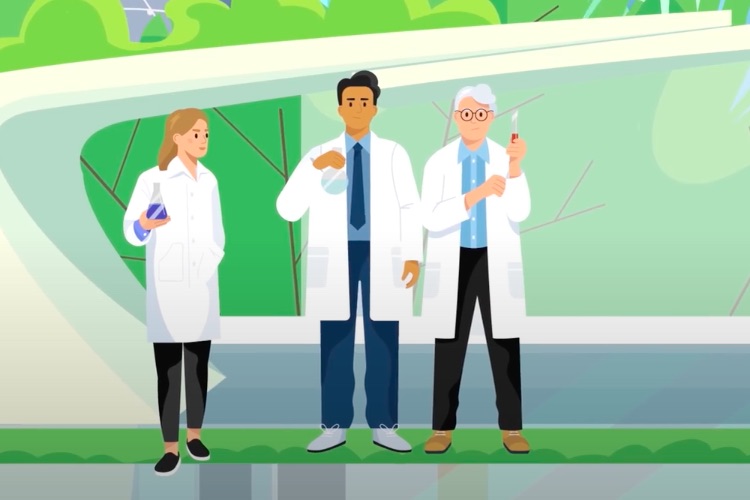
On March 3, 2015 Advanced Materials published a paper “Self-Fueled Biomimetic Liquid Metal Mollusk” describing the making of the first self-propelled system made of liquid metal. We have asked one of the authors of this research, Professor Jing Liu from Tsinghua University, to comment on this work.
It has been a dream for the scientific society to build up a machine that could eat “food” and then navigate freely until the food is depleted. However, making a large size machine that propels itself reserved a big challenge so far. This study discovered for the first time a fundamental route of making milli-/centimeter-scaled self-powered soft machine based on liquid metal materials, which could move spontaneously and swiftly in various aqueous solutions and structured channels with a pretty large velocity around 5 cm/s.
A surprising fact arising is that such autonomous locomotion could persist for an extremely long time like over one hour by only taking a small aluminum flake as it’s “food” or fuel, obviating the use of external redundant and inefficient electricity system. More intriguingly, the soft feature of the liquid metal material enables the highly shape adaptive mollusk that could self-deform according to the geometric space it voyages in. These unusual behaviors closely resemble the living organisms in nature and allow the machine for accomplishing certain tough missions in the near future.
Potential value of such biomimetic mollusk looks diverse. As a typical illustration among it’s many potential applications, the first ever self-powered pump made of liquid metal was demonstrated. The present finding refreshes people’s common understanding on material, fluid mechanics, energy and machine. It opens a new horizon for making future dynamically reconfigurable intelligent soft robots. In addition, since such machine is already able to propel itself, eat aluminum as food and have metabolism via galvanic cell reaction, just like an insect, worm or more real mollusks, it thus also posted such a serious question as: “What is exactly the definition of life?” Clearly, some of such interesting concerns are requesting further clarifications in the coming time.
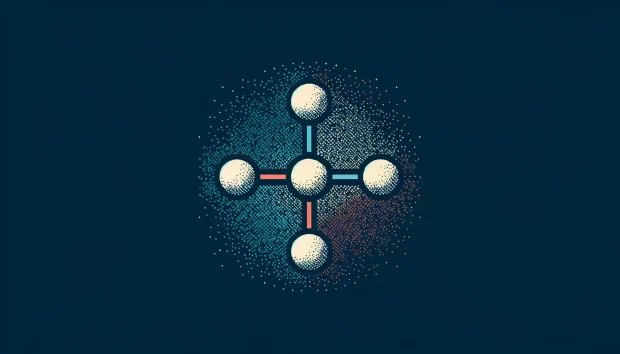
Regarding the research on liquid metal, our group is lucky enough to have a long historical endeavor in this area for more than 14 years. The earliest work can be dated back to 2001 which later led to a series of pioneer works on chip cooling, printed electronics, 3D printing and biomaterial technologies thus enabled. The present liquid metal mollusk work is an unexpected discovery among the many cases as made through years of continuous efforts.
Particularly, it is worth to mention that in the year of 2013 we discovered a group of very unusual phenomena which leads to the concept of morphology transformational liquid metal. It was observed that under specific electrical field, the liquid metal or it’s alloy would display rather diverse transformation capabilities such as changing a thin film to a single sphere, flowing liquid metal across a small gap, bridge or channel, merging separate metal droplets, generating self-rotation, planar locomotion of a sphere while inducing surrounding vortexes in various aqueous environments. Such fundamental finding stimulates our systematic researches towards making soft liquid metal machine.
And again astonishing phenomena on the self-fueled liquid meal mollusk were discovered. As revealed by our lab, if contacting the liquid metal with matching metals such as aluminum, the liquid metal would start running here and there via very high speed without requesting any external assistance. And the process could sustain for extremely long time such as over one hour or even longer. Since the lab had also ever investigated the erosion behaviors between liquid metal gallium and aluminum, we get to realize that the driving mechanism of the self-fueled motor may come from the galvanic cell reaction among the matching metals and the surrounding electrolyte. And both the generated electricity and hydrogen gas co-propel the quick moving of the liquid metal motor. In this way, a generalized way to make autonomously running liquid metal machine was put forward.
The self-fueled liquid metal mollusk raised many important scientific and practical issues for scientists and engineers in diverse areas such as material, physics, chemistry, mechanics, fluidics and machine etc. Clearly, with multiple physical or chemical behaviors such as fluidic, thermal, electrical, mechanical properties, the liquid metal can be termed as “One material, diverse capabilities.” This guarantees it’s many practical applications. At this stage, given more testing on the material itself including performance, biocompatibility and safety etc., the self-fueled liquid metal motor should demonstrate it’s many potential values for making smart devices such as tiny motor, carrier or delivery system, pipeline machine, fluidic pump, even possibly a simplified blood vessel robot etc.
From the long run along this direction, a most exciting target is perhaps to make the flexible, smart and reconfigurable machine, even human like robot via the liquid metal mollusk. Unlike the conventional rigid materials to construct soft machine, the liquid metal mollusk provides an alternative way particularly for making autonomous machine. Of course, it should also be emphasized that the liquid metal surely cannot solve various difficulties, the final soft robot type, if there is any, should be a compound contribution through combining the advanced liquid metal materials and the related technologies together. Clearly, tremendous efforts should still be made in the near future.
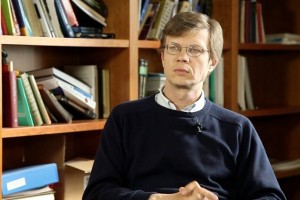
Physicist Mikhail Lukin on quantum computers, atomic clocks, and new tools for exploring biological systems
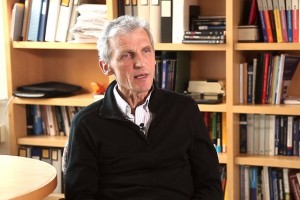
Nobel Prize winning physicist Wolfgang Ketterle on laser and evaporative cooling, the candidates for Bose-Eins...
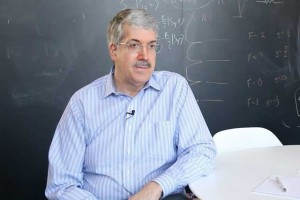
Physicist John Doyle on the Big Bang, time-reversal symmetry, and the electric dipole moment of the electron